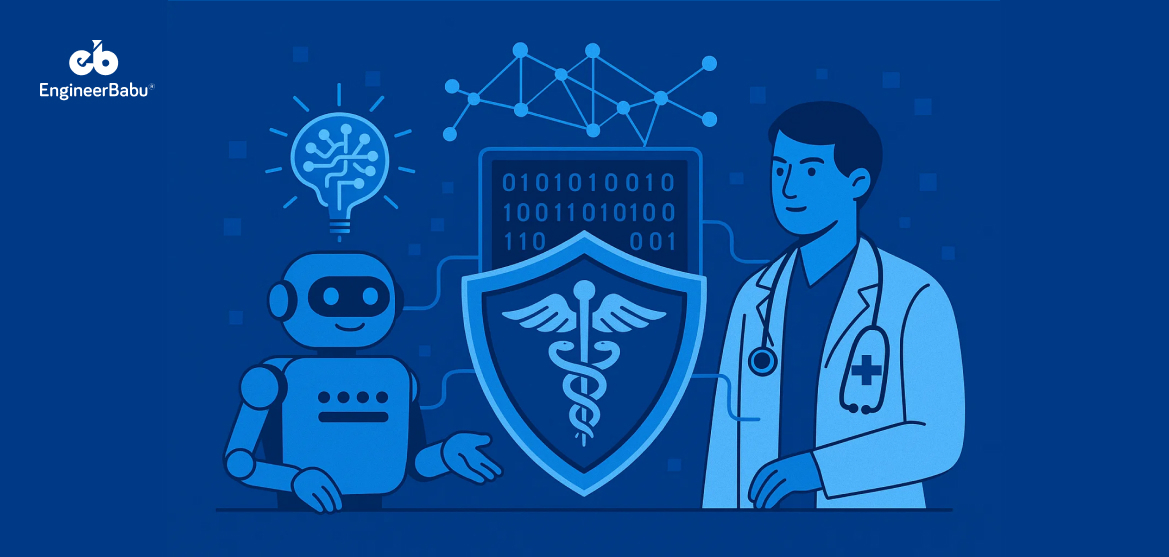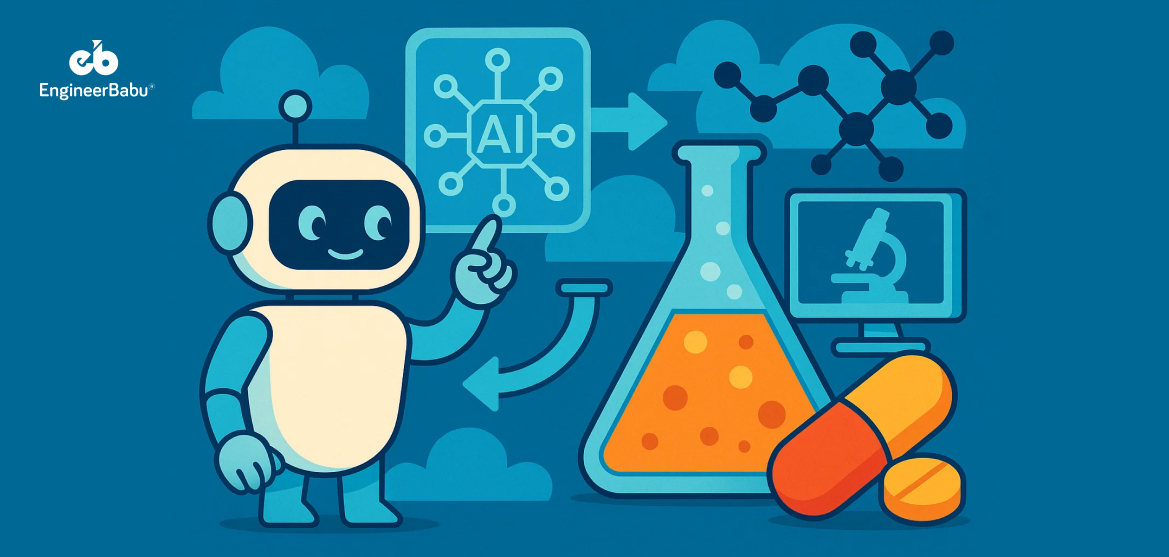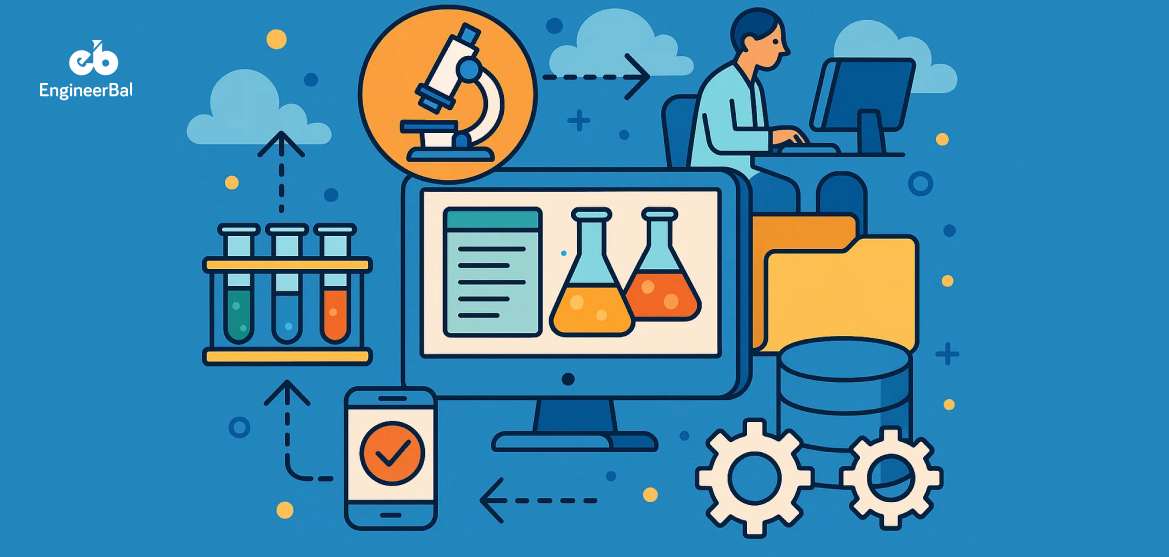When you’re building a healthcare app, you shouldn’t just focus on patient portals and sleek UIs—the main focus should be safeguarding sensitive medical data. The healthcare sector consistently ranks #1 in cost per data breach, averaging $10.93 million per incident in 2023, according to IBM. That’s not a budget line item—it’s a potential business-ending mistake.
So, how do these breaches happen? Most of the time, it’s not some genius-level hack. It’s basic missteps—avoidable errors that creep in during development and deployment.
Here’s a closer look at 10 common cybersecurity mistakes healthcare developers and providers make, and how to avoid them before they put your patients—and your practice—at risk.
Common Cybersecurity Mistakes Healthcare Providers Make (And How to Avoid Them)
Skipping Cybersecurity Training for Staff
You could build the Fort Knox of healthcare apps, but it won’t matter if your staff is vulnerable to phishing scams or poor password habits. In fact, 88% of data breaches happen due to human error—and most of that came from avoidable missteps like clicking suspicious links or sending PHI (Protected Health Information) via unencrypted email.
The problem isn’t tech—it’s awareness. Nurses, admin staff, and even developers may not realize how their actions expose the system.
Solution:
Include cybersecurity education in your onboarding and training programs. Teach staff how to recognize phishing attempts, manage credentials securely, and handle patient data responsibly. Refresh these lessons regularly—it’s not a one-time thing. Everyone should understand that cybersecurity is a shared responsibility, not just the IT department’s job.
Relying on Unsecured Communication Channels
A lot of well-meaning practices still use regular email or text messages to communicate with patients. It’s fast, familiar—but also risky. These channels are often not encrypted end-to-end, which means sensitive data can be intercepted or accidentally shared with the wrong person. That’s a big deal under HIPAA.
In fact, a 2022 OCR report listed unsecured transmission of PHI as one of the most cited violations during audits. The cost? Civil penalties that can reach up to $50,000 per violation.
Solution:
Use secure messaging systems designed for healthcare. Integrate HIPAA-compliant chat features in your app or choose vendors like Teladoc or Spruce. These systems encrypt every message, verify users, and provide audit trails—keeping you and your patients safe. Don’t wait for a breach to take secure communication seriously.
Not Enabling Two-Factor Authentication (2FA)
Passwords alone aren’t enough anymore. People reuse them. They write them down. Or they get leaked in unrelated breaches. Once someone gets hold of one, they’re inside your system. And in healthcare, that could expose thousands of patient records.
Microsoft reports that 2FA stops 99.9% of automated cyberattacks, yet many apps skip it in the name of convenience.
Solution:
Make 2FA the default. Whether it’s via SMS, an authenticator app, or biometrics—give users and staff that extra layer of security. It might add five seconds to the login process, but it can save you millions in fines and brand damage.
If you’re using third-party tools or admin dashboards, ensure they also support 2FA. Security is only as strong as your weakest login.
No Business Continuity or Disaster Recovery Plan
If your app goes down due to ransomware, a DDoS attack, or a major outage, what happens next? Many organizations don’t have a clear answer. That’s dangerous. Without a business continuity plan, you risk extended downtime, data loss, and chaos when your systems matter most.
Take the 2021 Scripps Health ransomware attack. It knocked out systems across multiple hospitals, delayed surgeries, and forced paper-based recordkeeping. The recovery process took weeks and cost over $100 million.
Solution:
Create a documented plan that outlines who does what in a crisis. Back up your data regularly and test your systems for failover. Make sure you can restore critical operations fast—because patients won’t wait, and neither will regulators.
Integrating Unvetted Third-Party Tools
Most healthcare apps rely on third-party libraries for things like payments, analytics, or notifications. But here’s the risk—if even one of those components is insecure, hackers can use it as a backdoor into your app. In 2021, several health apps leaked sensitive data due to poorly configured SDKs.
A study published in JAMA Network Open found that 29 out of 36 top rated health-related apps shared user data with third parties, often without user consent.
Solution:
Vet every plugin or library before using it. Read their privacy policies. Check how often they’re updated and make sure they comply with HIPAA if they touch patient data. If you’re not sure, don’t use it. Even trusted vendors can be a liability if not handled properly.
Weak or Missing Endpoint Security
Your app might be secure, but what about the devices it runs on? Smartphones, tablets, kiosks, staff laptops—every one of them is a potential doorway for attackers if not managed properly. The Ponemon Institute found that 68% of healthcare organizations experienced endpoint-related attacks in the past two years.
Think about it—if a nurse’s phone with stored app credentials gets lost or a home health aide accesses the system on an unsecured personal laptop, your whole network is at risk.
Solution:
Implement Mobile Device Management (MDM) or Endpoint Detection and Response (EDR) tools. Enforce strong password policies, require automatic timeouts, encrypt local data, and enable remote wipe functionality.
Don’t just control who can log in—control what they’re logging in from. Your security should extend beyond your app’s code and into the real-world tools people use to access it.
Lacking a Clear Incident Response Plan
If your system is breached, every second counts. And if your team doesn’t know what to do, the fallout multiplies fast. According to HIPAA Journal, 37% of healthcare organizations admitted they had no formal incident response plan in place. That’s a risky game when patient safety and regulatory compliance are on the line.
Without a plan, small incidents turn into major crises. Data might be deleted. Investigations get delayed. Regulators lose patience. Worst case? You find out about a breach from the press or a patient.
Solution:
Create a written, step-by-step response plan. Define roles—who alerts IT, who handles patient notifications, who talks to the press. Simulate breach scenarios a few times a year. And always keep your contact list for internal and external teams up to date. A fast, coordinated response can turn a PR disaster into a handled situation.
Falling Behind on Security Updates and Patches
You’d be shocked how many data breaches come from old, unpatched systems. Some of the biggest ransomware attacks in healthcare used vulnerabilities that had patches available months before the attack. In fact, 60% of breaches in 2022 were linked to unpatched software.
Hackers don’t need zero-day exploits when plenty of systems are still running outdated code.
Solution:
Make patching part of your release cycle. Use dependency monitoring tools to flag outdated libraries or plugins. Schedule regular maintenance windows for security updates. It’s not glamorous work, but it’s critical. If you’re using third-party platforms or frameworks, subscribe to their security advisories so you know when fixes are released.
Not Training Developers on Secure Coding
Developers are your first line of defense. But if they’re not trained in secure development practices, they might unknowingly introduce serious vulnerabilities. SQL injection, cross-site scripting (XSS), hardcoded API keys—these aren’t exotic hacks. They’re basic coding oversights that still appear in real-world breaches.
A study published in JMIR mHealth found that many mobile health apps lacked basic security protections like proper encryption or secure data storage—all developer-side issues.
Solutions:
Give your dev team ongoing training in secure coding. Use the OWASP Top 10 for Mobile as a checklist. Include static code analysis and security testing in your CI/CD pipeline. Security isn’t just a QA step—it should be baked into every pull request.
Leaving Security Out of the Planning Phase
One of the most common mistakes? Waiting until the end of development to “add security.” By then, you’re playing catch-up, and every fix is more expensive, time-consuming, and messy.
According to IBM, fixing a vulnerability during development costs 6x less than fixing it after deployment. And in healthcare, delays in compliance can mean violating HIPAA, not just bad UX.
Solution:
Start with a security-first mindset. Include cybersecurity experts in your discovery and planning sessions. Review compliance needs (HIPAA, GDPR, etc.) before you write a single line of code.
Map out where PHI will flow, how it will be encrypted, and who will have access. Make privacy part of your product roadmap—not an afterthought.
Final Thoughts
Building a healthcare app is about more than just meeting demand—it’s about doing it safely. Every mistake listed here is avoidable with the right planning, the right people, and the right mindset.
Whether you’re a startup building an MVP or a hospital system upgrading legacy tech, cybersecurity has to be at the core—not the edge—of your development process. It protects your users, your business, and your peace of mind.
FAQs
Why is cybersecurity especially important in healthcare app development?
Healthcare apps handle highly sensitive information like medical records, prescriptions, and personal identifiers. A breach doesn’t just mean lost data—it can impact patient safety, violate HIPAA regulations, and result in hefty fines. Cybersecurity ensures that this data remains private, secure, and accessible only to authorized users.
What are the most common security vulnerabilities in healthcare apps?
The most frequent issues include insecure data storage, lack of encryption, missing authentication controls, outdated libraries, and poor third-party integrations. Many of these stem from rushing through development without a security-first approach. Addressing these early in the planning and development stages significantly reduces risk.
How can I make sure my healthcare app meets HIPAA requirements?
To stay HIPAA-compliant, your app must safeguard Protected Health Information (PHI) through encryption, secure access controls, audit trails, and proper data handling policies. You also need signed Business Associate Agreements (BAAs) with any vendors or platforms that handle PHI. Working with a development team experienced in HIPAA is key.
What role do developers play in app security?
Developers are on the front lines of security. If they don’t follow secure coding practices, vulnerabilities can easily slip in. That’s why ongoing training, using tools like the OWASP Top 10, and involving security experts in code reviews are essential. Security isn’t just an IT issue—it’s a developer’s responsibility, too.
How does Engineerbabu ensure HIPAA compliance in healthcare app development?
Engineerbabu has experienced development teams who specialize in secure, HIPAA-compliant app development. These teams understand the nuances of handling PHI, building secure architecture, implementing access controls, and maintaining audit trails.




